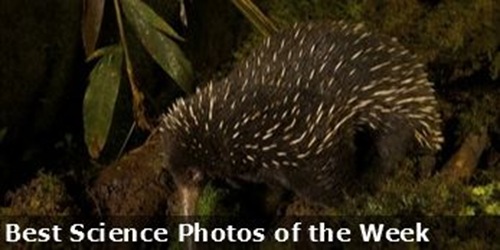
Dancing Dinos
Feathered dinosaurs might have used muscular tails to shake tail feathers and lure the opposite sex, researchers say.
Scientists analyzed 75-million-year-old fossils of feathered, two-legged dinosaurs known as oviraptors retrieved during expeditions to the Gobi Desert in Mongolia. Although oviraptors were members of the meat-eating theropods, making them relatives of such fearsome predators as T. rex and Velociraptor, most oviraptors had beaks that lacked teeth.
30-Year Eruption
On Jan. 3, 1983, superheated gas and magma drilled through thick piles of ancient lava in Hawaii, forcing open a 4-mile-long (6.4 kilometres) fissure in Kilauea volcano's east rift zone.
A fiery cone, called Pu'u 'O'o, soon rose out of the charred rain forest. Towering lava fountains shot 1,500 feet (460 meters) into the air, voicing a roar heard for miles. Pu'u 'O'o's first three and a half years of eruption were fitful, until new cracks ruptured from the base cone in 1986, marking the switch to a nearly continuous eruption.
Fire & Ice
Ever wonder how those spectacular photos and videos of the long-erupting Kilauea volcano's burbling lava lakes beam live to your laptop?
The U.S. Geological Survey drops a crew right on the fiery edge of Hawaii's active craters, rifts and lava flows. Either by foot or by helicopter, USGS scientists deploy custom-built webcams and thermal cameras to monitor Kilauea, one of the world's most active volcanoes. Leaving behind expensive equipment is not without challenges: An avalanche carried away a webcam at the rim of Kilauea's Pu'u 'O'o crater in May 2010. But the sturdy camera survived its fall, even snapping a picture of its broken tripod once it reached the bottom of the rubble pile.
Planet Birth
Astronomers studying a new-born star have caught a detailed glimpse of planets forming around it, revealing a never-before seen stage of planetary evolution.
Large gas giant planets appear to be clearing a gap in the disk of material surrounding the star, and using gravity to channel material across the gap to the interior, helping the star to grow. Theoretical simulations have predicted such bridges between outer and inner portions of disks surrounding stars, but none have been directly observed until now.
Milky Way Geysers
Colossal magnetized fountains of gamma-ray-emitting gas are spewing from the centre of our Milky Way galaxy, researchers say.
The amount of magnetic energy contained in these geyser-like outflows "corresponds to the energy liberated by about a million supernova explosions - that is a lot!" study lead author Ettore Carretti, an astrophysicist at the Commonwealth Scientific and Industrial Research Organization in Australia, told SPACE.com.
Quadrantid Meteor Shower
The annual Quadrantid meteor shower will peak overnight on Wednesday and Thursday (Jan. 2 and 3), but you don't have to brave the northern winter night chill to catch the celestial light show. You can watch the first meteor shower of 2013 live online here courtesy of NASA.
SPACE.com will carry a live webcast of the Quadrantid meteor shower from Wednesday to Friday (Jan. 2 to 4) as provided by scientists at NASA's Marshall Space Flight Centre. The view will come from an all-sky camera outside the space centre in Huntsville, Alabama [USA].
Gelatinous Menace?
Though some reports suggest jellyfish are taking over the world’s oceans, long-term records of these gelatinous animals fail to show a global increase in jellyfish blooms likely caused by pollution, warming, coastal development and other human influences.
While the analysis of a team of researchers who have pulled together records of jellyfish presence going back to the 19th century don't support a rising gelatinous menace, the team did find a surprise: roughly 20-year cycles in the abundance of jellies.
Odd Mammal
Long-beaked echidna are monotremes, or egg-laying mammals. The creatures are critically endangered and are thought to live only in the New Guinea rainforest.
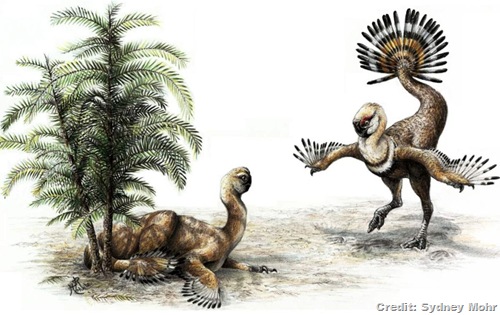

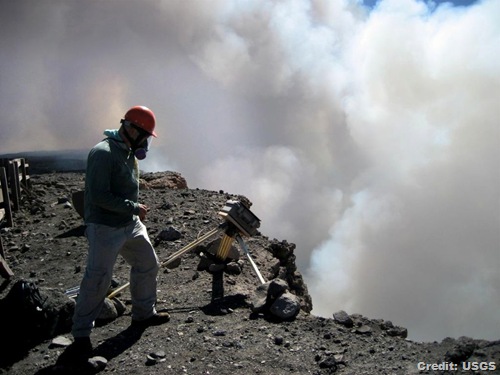
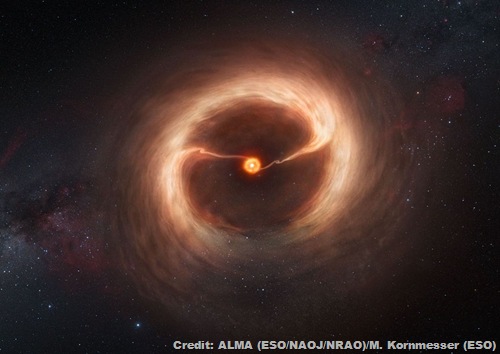
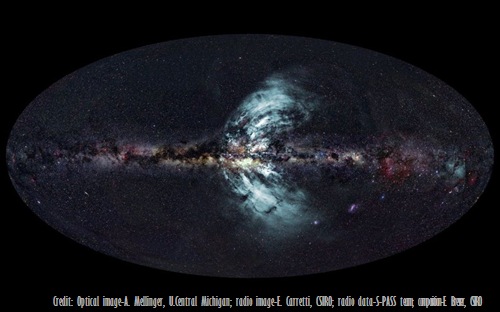



Excellent post and wonderful blog, I really like this type of interesting articles keep it u.
ReplyDeleteGammaTech - Rugged Durabook Laptop - 4GB Memory - 500GB Hard Drive - Black/Silver
GammaTech - Durabook 14.1" Ruggedized Laptop - 4GB Memory - 500GB Hard Drive - Silver/Black
GammaTech - Durabook 13.3" Ruggedized Laptop - 2GB Memory - 500GB Hard Drive - Silver/Black